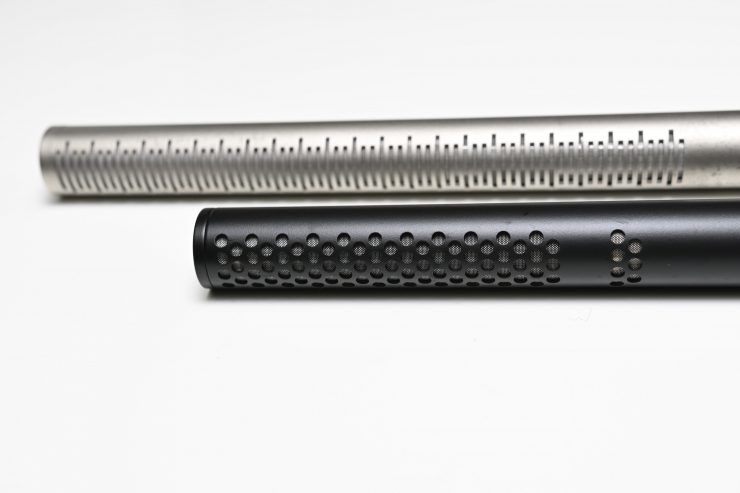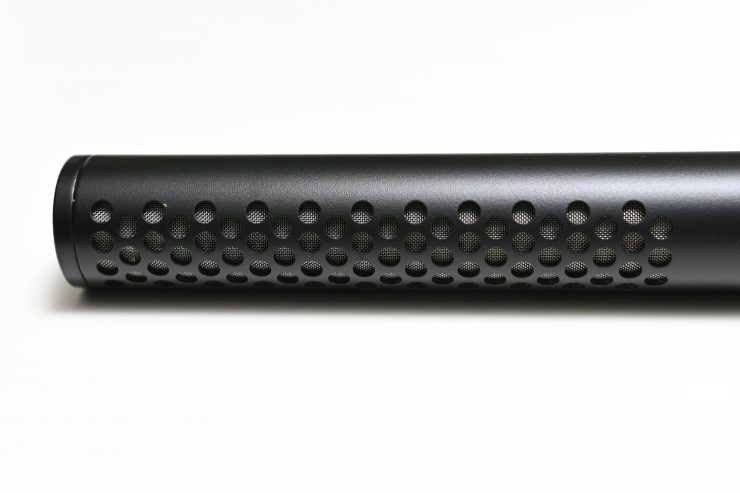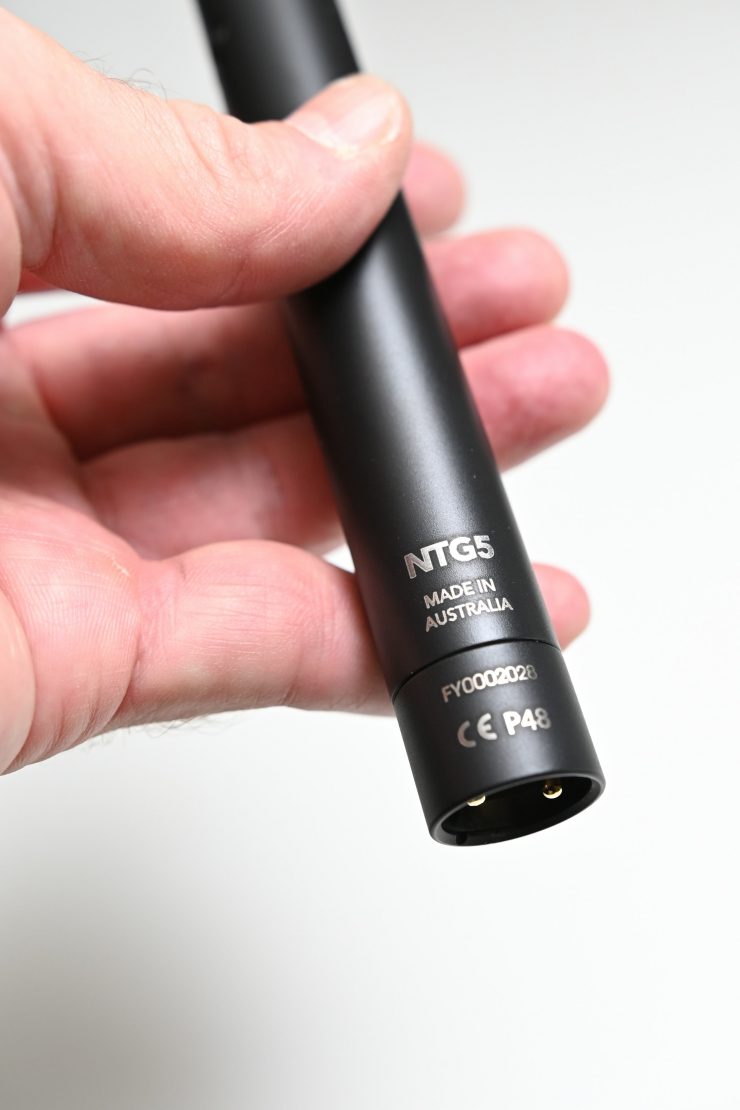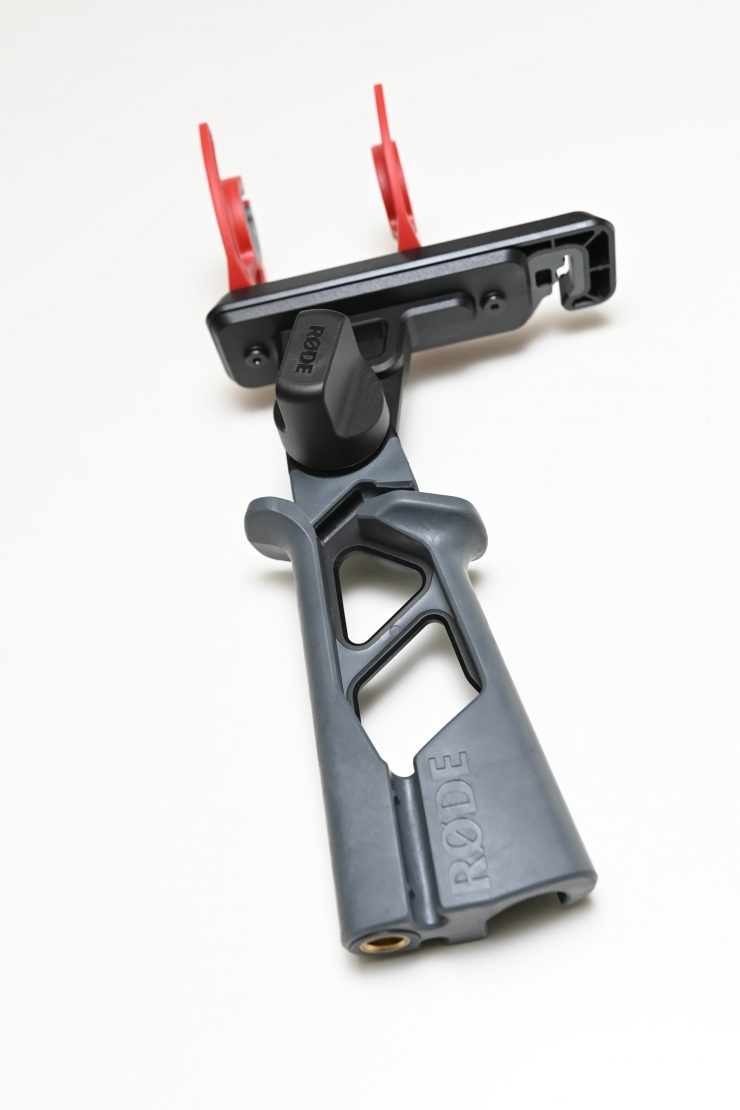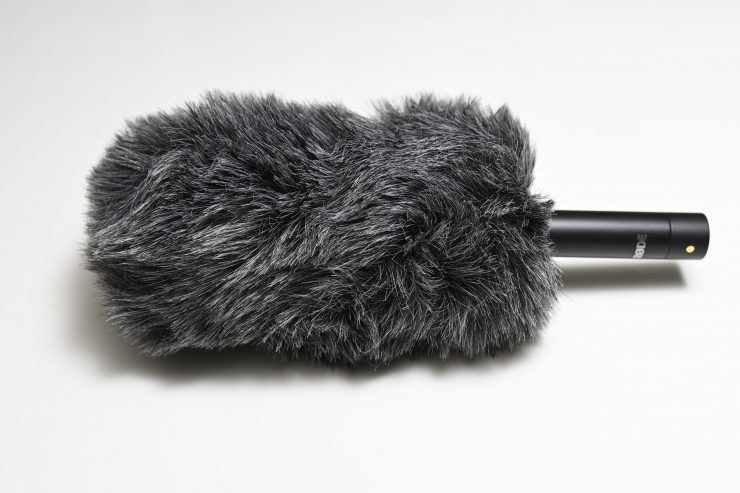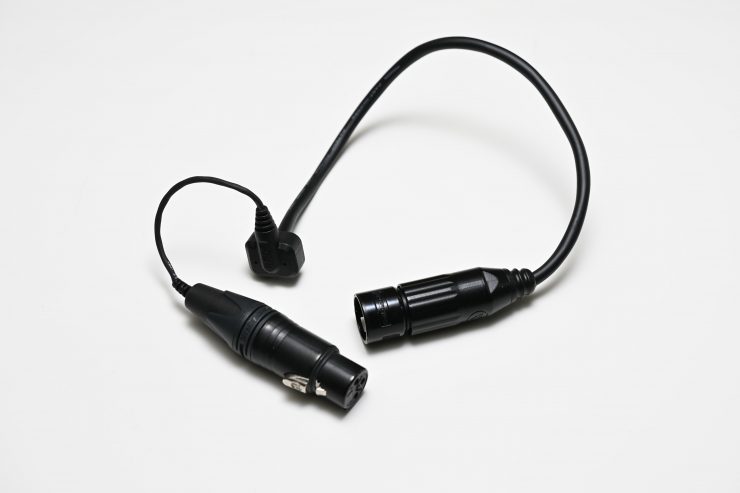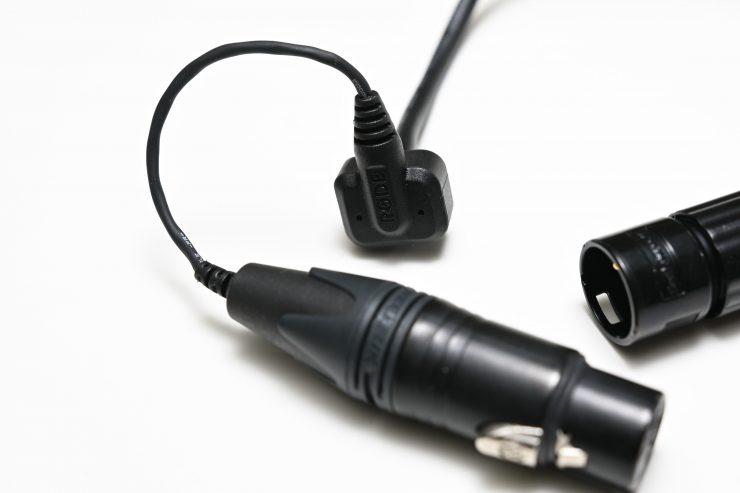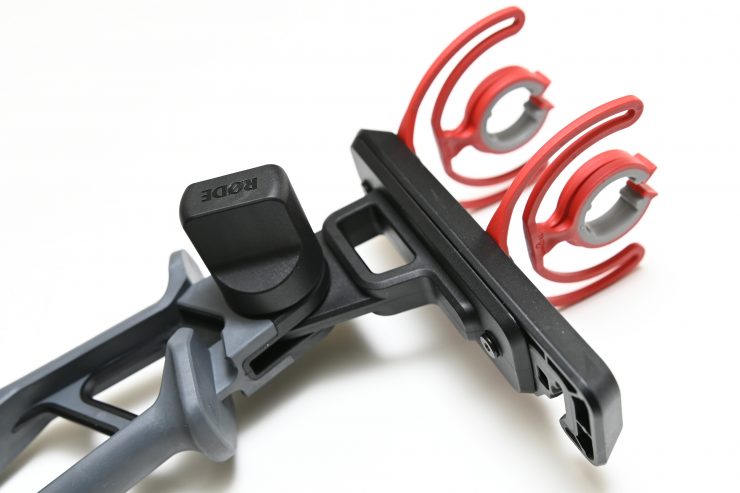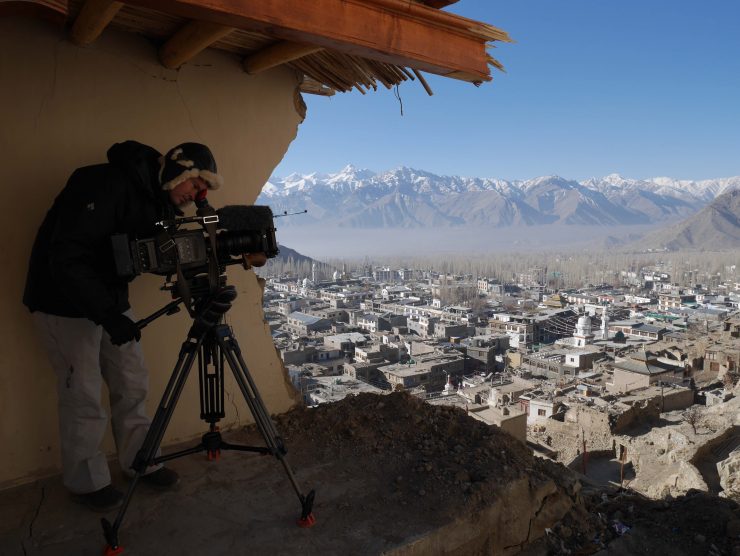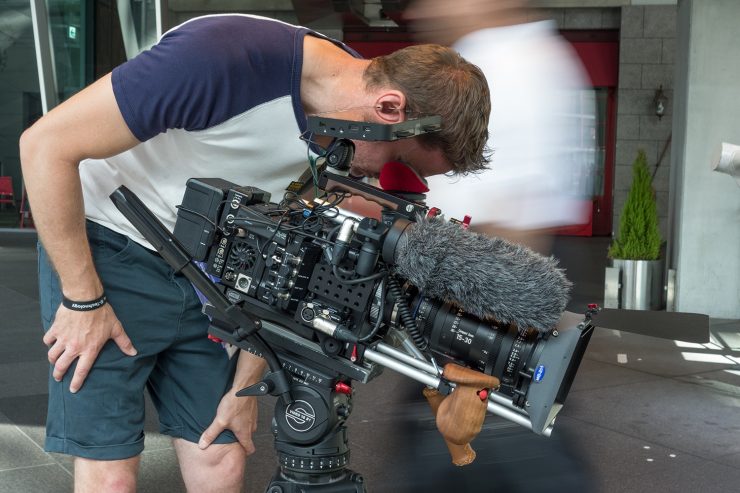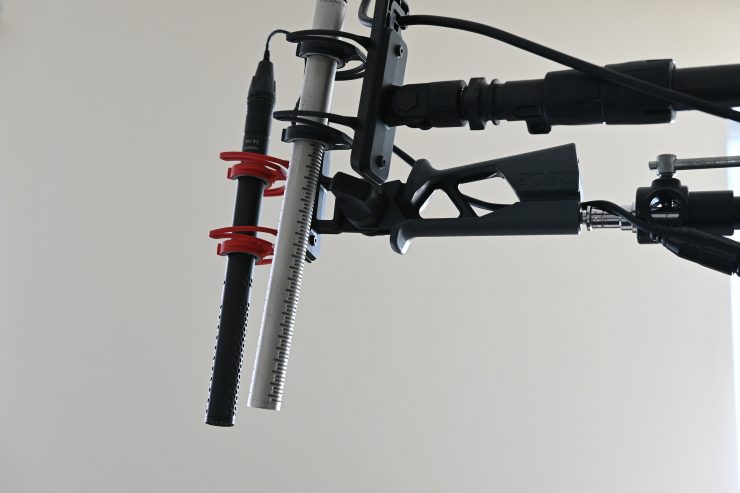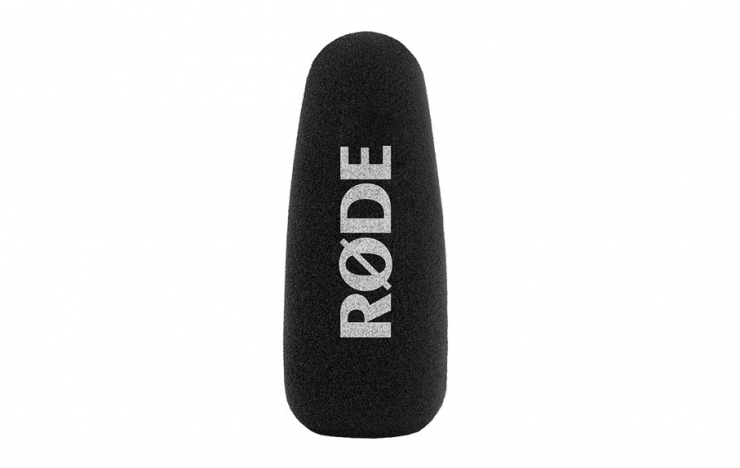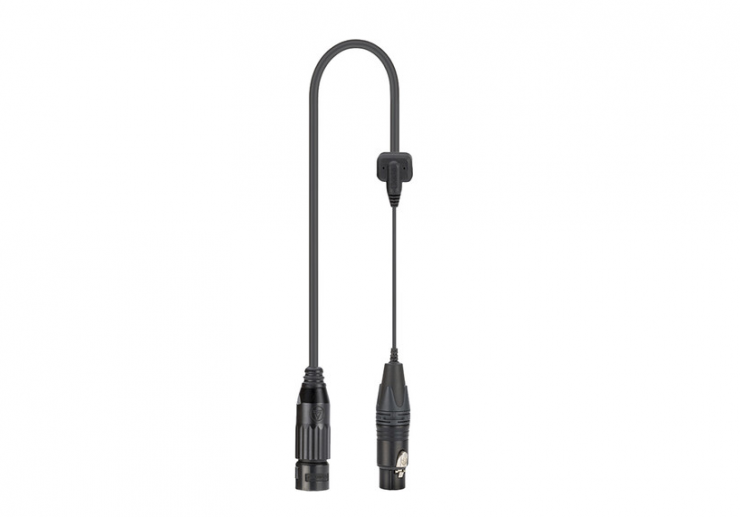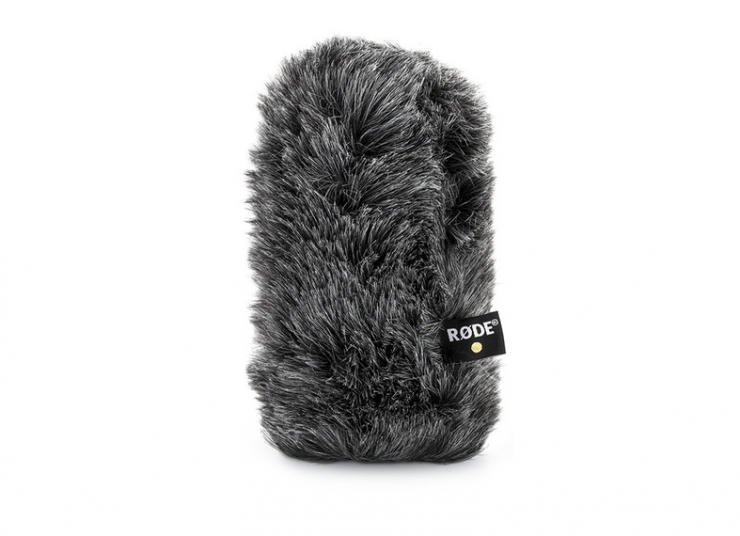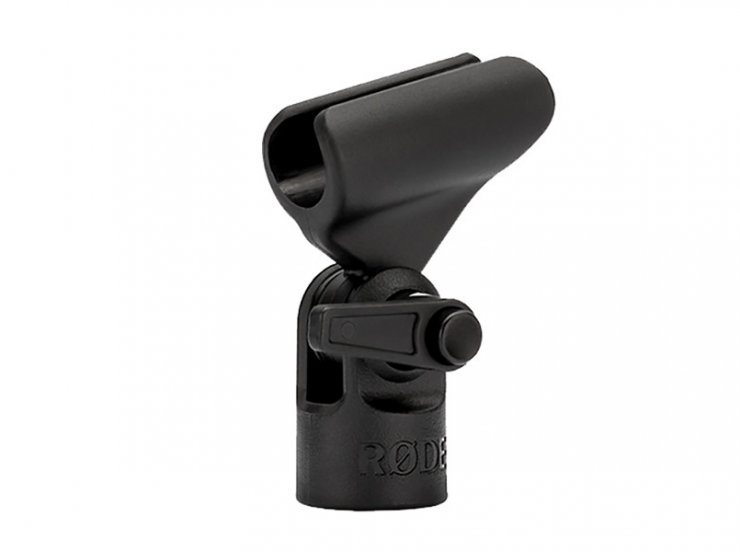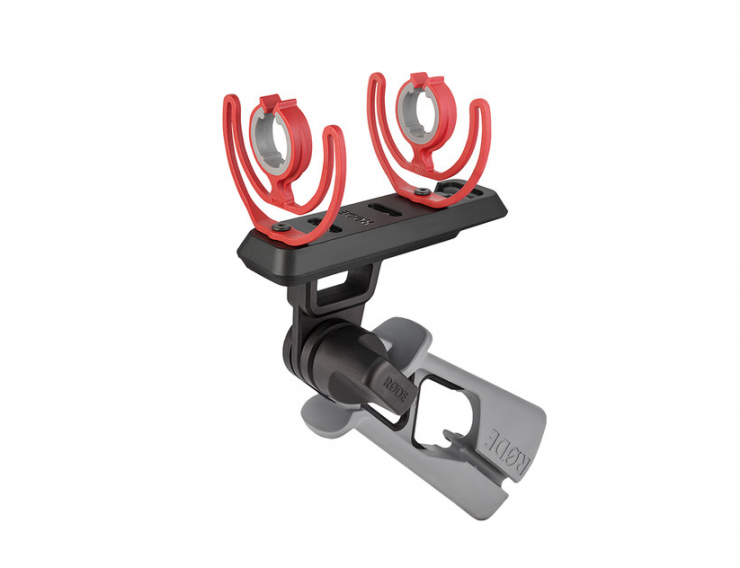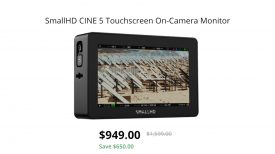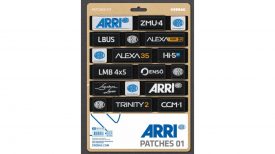
RØDE recently announced the NTG5, a broadcast shotgun microphone. Now that it is available I thought I should put it through its paces.
The NTG5 features an all-new design that RØDE claims produces a natural, uncolored sound. The NTG5 is the fifth microphone in the NTG line up. It is positioned above the previous flagship NTG3, as a broadcast-grade microphone.
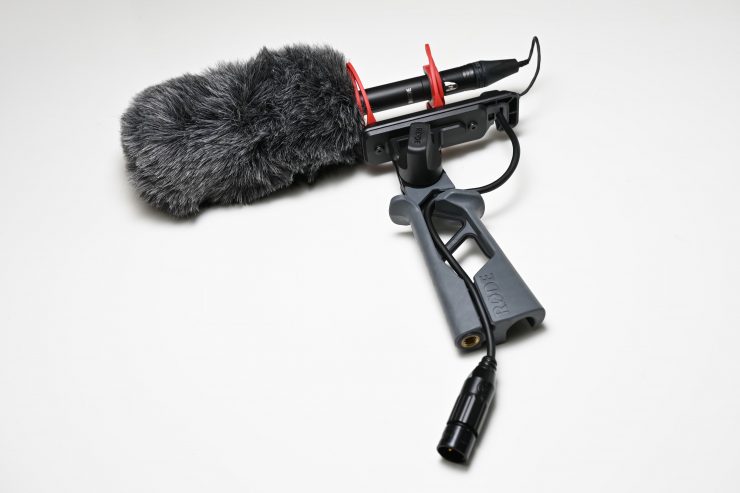
Key features
- Revolutionary acoustic design, delivering a natural, uncolored sound.
- Extremely lightweight (just 76g), short shotgun microphone (just 203mm), making it far easier to handle on set than other shotgun mics, especially when used on a
boom pole. - Tailored frequency response and very low self-noise of just 10dbA, making it ideal for location recording, professional filmmaking, and other critical recording situations.
- Highly directional supercardioid polar pattern and smooth off-axis response.
- RF-bias technology and conformal coating ensure superior performance in adverse weather conditions.
- Comes in a complete location recording kit with windshield, pistol grip and other accessories – the NTG5 is ready to take into the field right out of the box.
Size & Weight
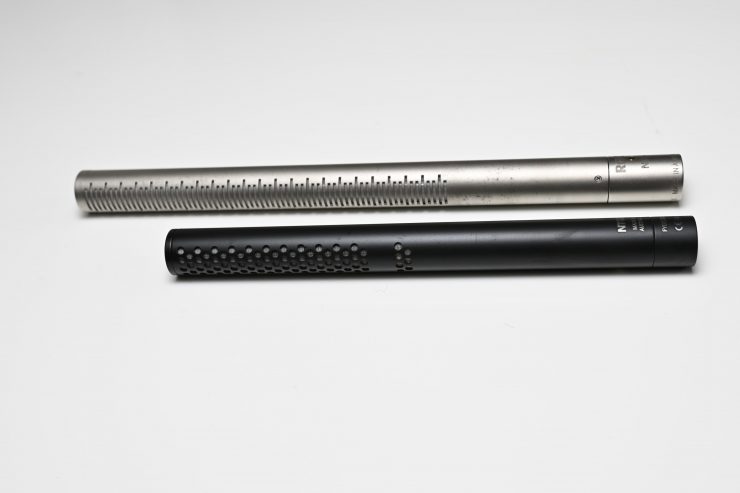
The NTG5 is significantly lighter than previous generations of the NTG series. Compared to the NTG3, the NTG5 is much shorter and lighter. At only 203mm long and 72 grams, it is 52mm shorter and 91 grams lighter than the NTG3.
While 91 grams may not sound like much, it will make a huge difference when holding a boom arm up for hours on end.
I was actually quite shocked at how much smaller and lighter it was than the NTG3. This reduced weight and size make the NTG5 a god option as an onboard shotgun microphone on digital cinema cameras or even mid to large-sized mirrorless cameras.
Build Quality
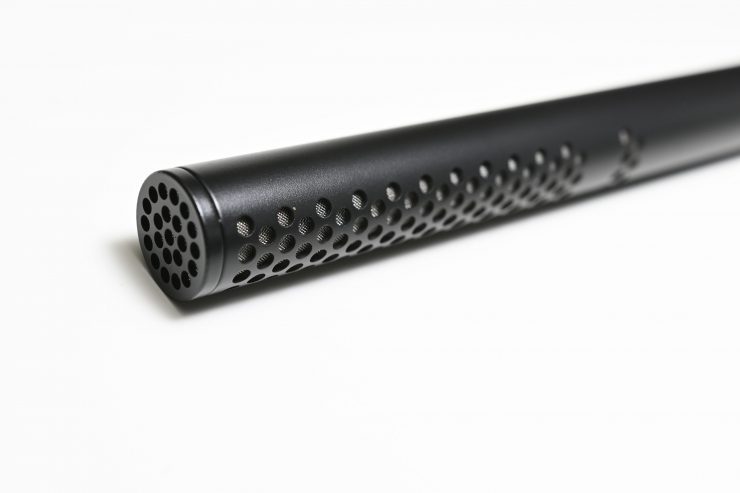
The NTG5, at least in my opinion feels like a step up in terms of build quality if you compare it to previous RØDE shotgun microphones.
Even the XLR connection at the bottom of the mic feels more solid than that of the NTG3.
The metal housing and internal design gives it high resistance to wet conditions, high humidity, severe cold and dust.
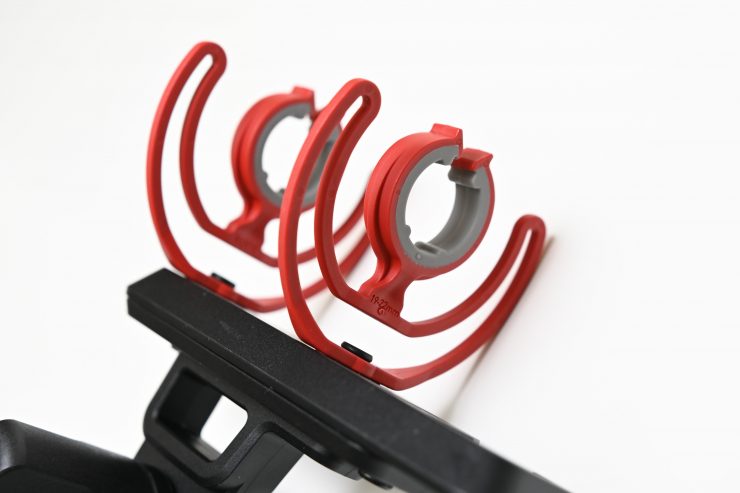
Speaking of build quality, the included accessories are also very well made. The new WS10 windshield, redesigned pistol grip, and PG2-R Pro Cable are marked improvements over previous RØDE accessories.
It seems that RØDE has really paid a lot of attention to small details with the NTG5 and it shows with the build quality.
Revolutionary Acoustic Design
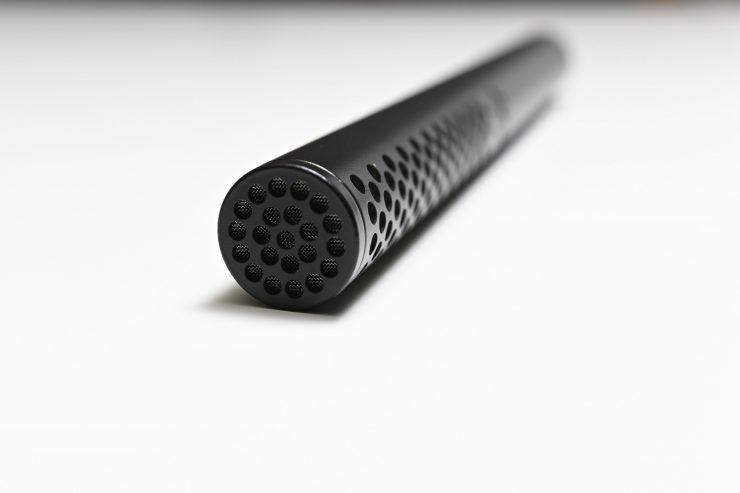
One of the main differences you will notice is that the NTG5 has circular acoustic ports instead of linear slots. According to RØDE, this is the result of many months of specialized acoustic testing that began during the development of the TF5 microphone with engineer Tony Faulkner.
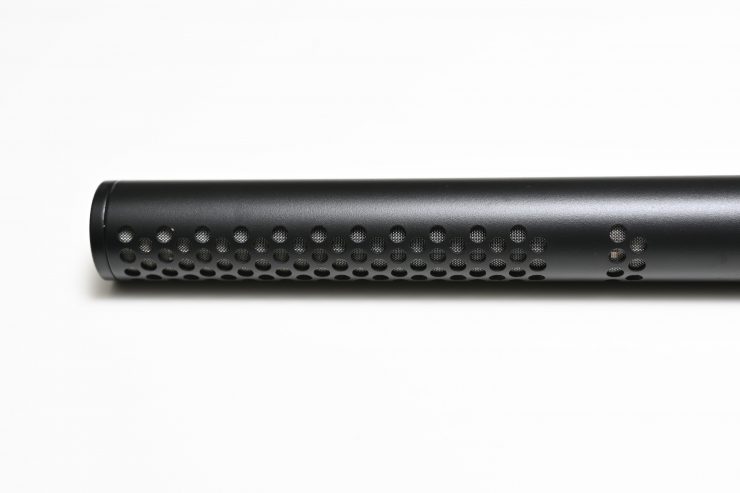
The new design is claimed to result in a natural, uncolored sound with acoustic transparency when recording.
Frequency Response

As a shotgun microphone, it has a supercardioid polar pattern for directional pick up and as you can see from the frequency response chart, it is very flat in the midsection with a slight bump in the high frequencies, tailored for the vocal response.
Just like the NTG3, the NTG5 features RF-bias technology for use in rough conditions.
RF-Bias is a must for a broadcast-grade microphone that is only found in the NTG3, making it much more robust in extreme environments and more resistant to interference.
Who is it aimed at?
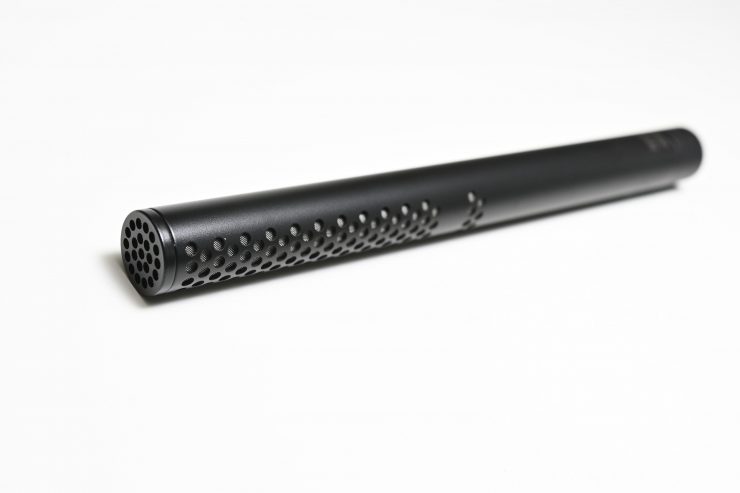
The NTG5 is being targeted at professional filmmakers, location recordists, sound designers, broadcasters, news/TV production units, etc – the weight is a huge plus for boom operators. It could be used by indie DSLR filmmakers (it’s light enough to comfortably sit on a DSLR), particularly those looking to get into location sound, but it’s primarily targeted at pros.
Real World Performance
A microphone can look good and be well made but if it doesn’t ultimately sound good no one is going to buy it. So how does the NTG5 perform and sound?
I like the sound coming out of the NTG5. I’m no sound engineer or sound recordist, but I know when something sounds good and when it doesn’t.
One of the nice aspects I found when testing the NTG5 was that it is quite a bit more sensitive than the NTG3. This is good because if you are using it with cameras or recording equipment that don’t have very good pre-amps you don’t have to have the input levels very high to get a good signal level.
Above you can hear a quick sound comparison between the NTG3 and NTG5. Both microphones are placed at the exact same distance from the talent. I haven’t adjusted the levels of either microphone. They were recording at the same 0db level on my camera.
In the same test you can also listen to a comparison between the NTG2, NTG3, and NTG5. All I have done here is run all three microphones into the RØDE AI-1 USB audio interface. The same level was kept for all of the microphones and they are all being used at the same distance.
What I personally look for in a shotgun microphone is a solution that can from my camera to boom when I need it. As I am often doing my own sound I don’t want to be carrying around two shotgun microphones when I don’t have to.

For many years I have been using the RØDE NTG3 on my camera. I have it as my on board microphone and then I take it off and attach it to a boom for recording sit down interviews.
The NTG5 will now replace the NTG3 in that role, mainly because it is lighter and smaller.
Is it better than the NTG3?
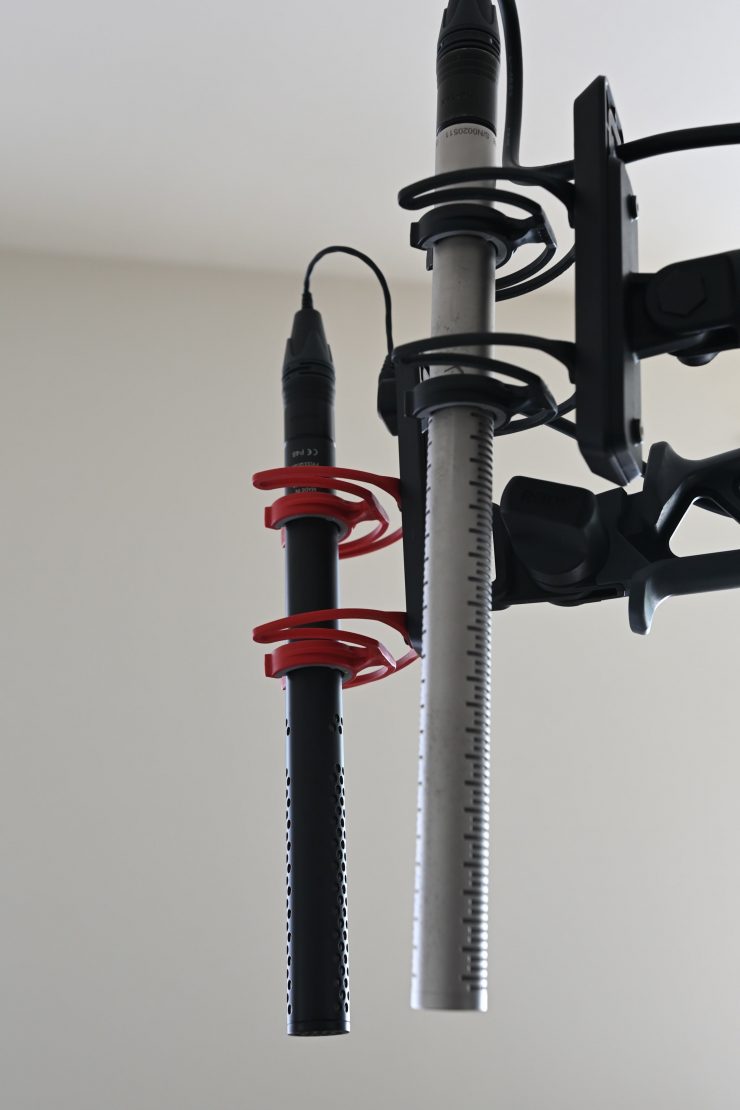
Given the NTG5 is supposed to be RØDE’s new flagship shotgun microphone, how does it compare against the older and more expensive NTG3?
People are bound to ask why the NTG5 is more affordable than the NTG3? Well here is the answer. What it boils down to is, in the 8 years or so since RØDE released the NTG3, their manufacturing capabilities/efficiencies have improved significantly, allowing them to make the NTG5 more cost-effectivity. It is also quite a bit shorter and lighter, saving on material costs.
Both microphones are quite similar and both employ a Supercardiod pickup pattern.
The Signal/Noise ratio is slightly better on the NTG5, while the NTG3 has slightly better sensitivity.
The main difference between the NTG3 and NTG5 5 is the frequency response. The NTG3 has a more pronounced low end, making it warmer and a little boomier – part of the reason it’s become a fav for voiceover and broadcast applications. The NTG5’s is a little flatter, more natural, so it’s ideal for a wider range of applications, particularly location recording. The NTG5 is super lighter too, so it’s much easier to handle on boom pole/pistol grip.
They could be used interchangeably, but you could boil it down to NTG3 – warm, rich, good for voice applications and use indoors/in treated studios; NTG5 – flatter, natural sound, perfect for outdoor use/location sound.

Above you can see the pickup pattern and frequency response for the NTG3
In my personal opinion, the NTG3 and NTG5 both sound good, and I don’t think you could go wrong with either microphone. It’s hard to quantify which microphone is better, but the NTG5 certainly offers better value for money.
NTG5 Technical Specifications
| Acoustic Principle | RF-bias condenser |
| Active Electronics | RF-bias demodulation |
| Polar Pattern | Supercardioid shotgun |
| Frequency Range | 20 Hz – 20 kHz |
| Frequency Response | 80 Hz – 20 kHz ±3 dB // 50Hz – 20 kHz ±6 dB |
| Output Impedance | 25 Ω |
| Signal to Noise Ratio | 84 db |
| Equivalent Noise | 10 dB SPL (A-weighted, as per IEC651) |
| Input SPL @ 1%THD | 130 dB SPL (1kHz @ 1% THD, 600 Ω load) |
| Power Requirements | 2 mA @ 48V phantom power |
| Sensitivity | -23.5 dB re. 1 Volt/Pascal or Better (66 mV @ 94 dB SPL @ 1 kHz) |
What do you get?

It comes in a complete location recording kit, featuring the new WS10 windshield, redesigned pistol grip and other accessories.
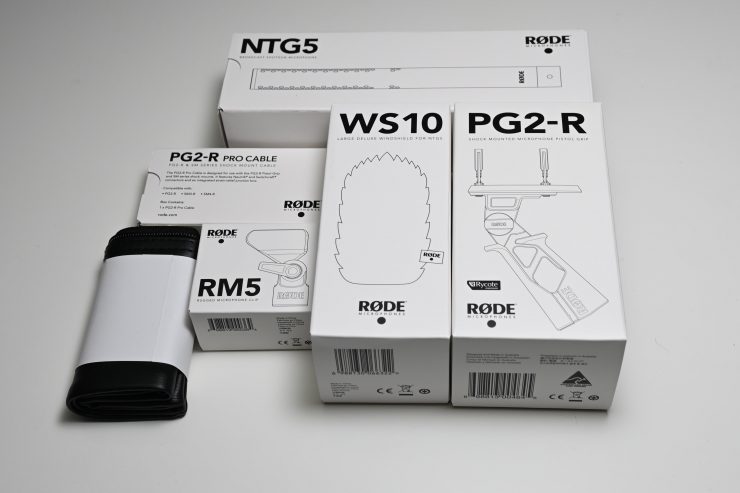
The fact that RØDE gives you all of these accessories as standard is impressive. It means that you can buy the microphone and be up and running straight away. With most other professional shotgun microphones, you don’t usually get any accessories as standard.
How much is it?
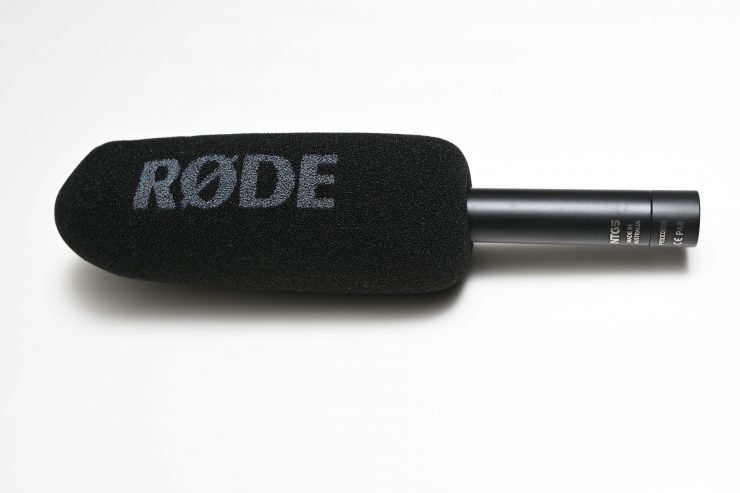
The NTG5 is very competitively priced given the competition it is up against. At $499 USD it is almost half the cost of some of the other available options. What is even more impressive is that it comes with a ton of accessories, which if you had to buy for some of the competition, would start to add up.
I personally think that the NTG5 offers extremely good value for money.
Competition
For comparison here are some other broadcast grade shotgun microphones:
- RØDE NTG3 – $699 USD
- Deity Microphones S-Mic 2S – $319 USD
- Sennheiser MKH-416 – $999 USD
- Shure VP89 – $899 USD
- Schoeps CMIT 5U – $2,199 USD
- Sankin CS-M1 – $895 USD
Conclusion
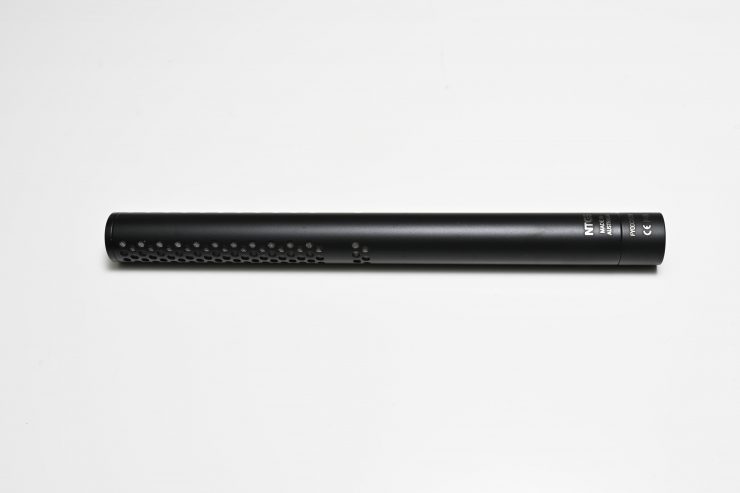
RØDE has come a long way over the last 10 years and the NTG5 is a welcome addition to their microphone line up. I was a bit worried there for a while that they were just going after the YouTube crowd by releasing countless budget options. I’m glad that RØDE has released the NTG5 because it shows that they are still committed to the Pro user.
The NTG5 offers good audio quality at a very good price for a professional shotgun microphone. It is well built, comes with a ton of accessories, and the size and weight of the NTG5 make it suitable for a range of applications.
I was impressed with the NTG5 and I think it will certainly give a lot more expensive professional-grade shotgun microphones a run for their money.

